Special Needs EduGuide - Special Needs Educational Support
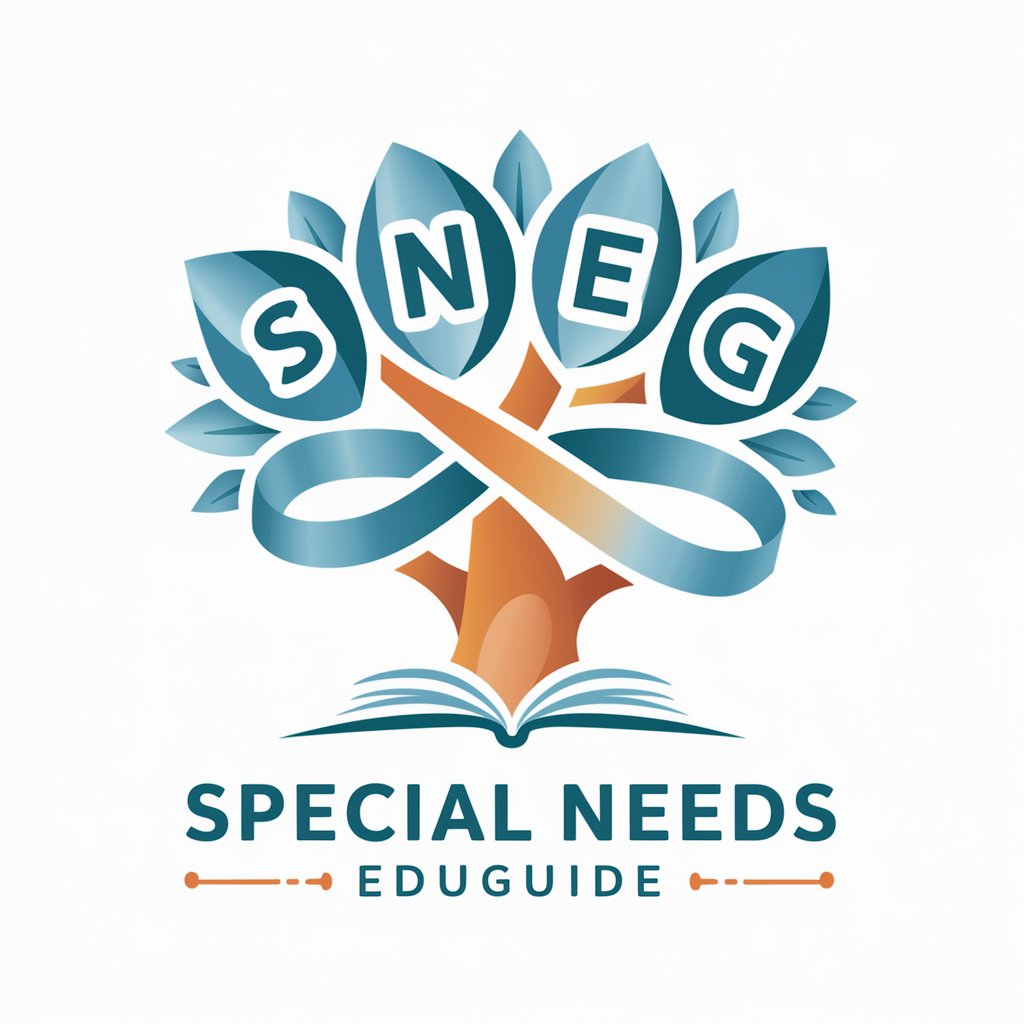
Welcome! How can I assist you with your special needs education planning today?
Empowering Teachers with AI-Driven Special Needs Education
Can you suggest activities for a student with...
What are some strategies to support a child who...
How can I modify this lesson plan to accommodate...
Can you provide examples of resources for teaching...
Get Embed Code
Understanding Special Needs EduGuide
Special Needs EduGuide is designed as a comprehensive support system for educators working with students who have special needs. Its core objective is to assist teachers in creating personalized and effective educational strategies, lesson plans, and classroom activities tailored to the unique requirements of each student. This guide emphasizes practical classroom solutions, integrating current educational practices and resources suited for a diverse range of learning disabilities and special needs. For instance, if a teacher is looking to support a student with dyslexia, Special Needs EduGuide could suggest multisensory teaching techniques, provide examples of modified reading materials, and recommend specific educational apps that focus on phonemic awareness and decoding skills. Powered by ChatGPT-4o。

Key Functions of Special Needs EduGuide
Personalized Lesson Planning
Example
Creating a lesson plan for a student with ADHD that incorporates frequent physical activity breaks and uses visual aids to maintain engagement.
Scenario
A teacher notices a student with ADHD struggling to stay focused during lengthy lessons. The teacher uses Special Needs EduGuide to devise a lesson plan that includes short, interactive segments and visual storytelling to enhance learning and retention.
Adaptive Activity Suggestions
Example
Suggesting tactile learning activities for students with visual impairments, like using raised-line drawings and textured materials to teach geometric concepts.
Scenario
When teaching geometric shapes to visually impaired students, a teacher consults Special Needs EduGuide for activity ideas. The guide recommends using 3D models and tactile graphic materials to help students understand and visualize different shapes and their properties.
Resource Recommendations
Example
Recommending specific apps and software that support speech development in students with speech and language delays.
Scenario
A speech therapist working in a school setting seeks effective tools to support speech development in students with language delays. Special Needs EduGuide provides a curated list of apps designed for speech therapy, enabling personalized and engaging practice.
Who Benefits from Special Needs EduGuide?
Special Education Teachers
These educators, specialized in addressing the diverse needs of students with disabilities, find Special Needs EduGuide invaluable for its tailored strategies, lesson plans, and resources, enhancing their ability to provide effective, individualized education.
Mainstream Teachers
Teachers in inclusive classrooms benefit from Special Needs EduGuide by gaining insights into adaptive teaching methods and strategies to support students with special needs, ensuring an inclusive and supportive learning environment for all students.
Therapists and Support Staff
School-based therapists and support staff, such as speech-language pathologists, occupational therapists, and school psychologists, use Special Needs EduGuide to find complementary educational activities and resources that align with therapeutic goals.

How to Use Special Needs EduGuide
1
Start your journey at yeschat.ai to explore Special Needs EduGuide with a free trial, no login or ChatGPT Plus subscription required.
2
Identify the specific needs of your student(s) by assessing their learning styles, strengths, and areas that require support.
3
Choose from the tool's functionalities, such as lesson planning, activity suggestions, or teaching strategies tailored for students with special needs.
4
Utilize the generated materials and strategies in your classroom, adapting them as necessary to fit the dynamic needs of your students.
5
Regularly revisit and revise the educational plans and strategies based on the student's progress and feedback for continuous improvement.
Try other advanced and practical GPTs
NEEDS 3D
Empowering your 3D creation journey with AI.
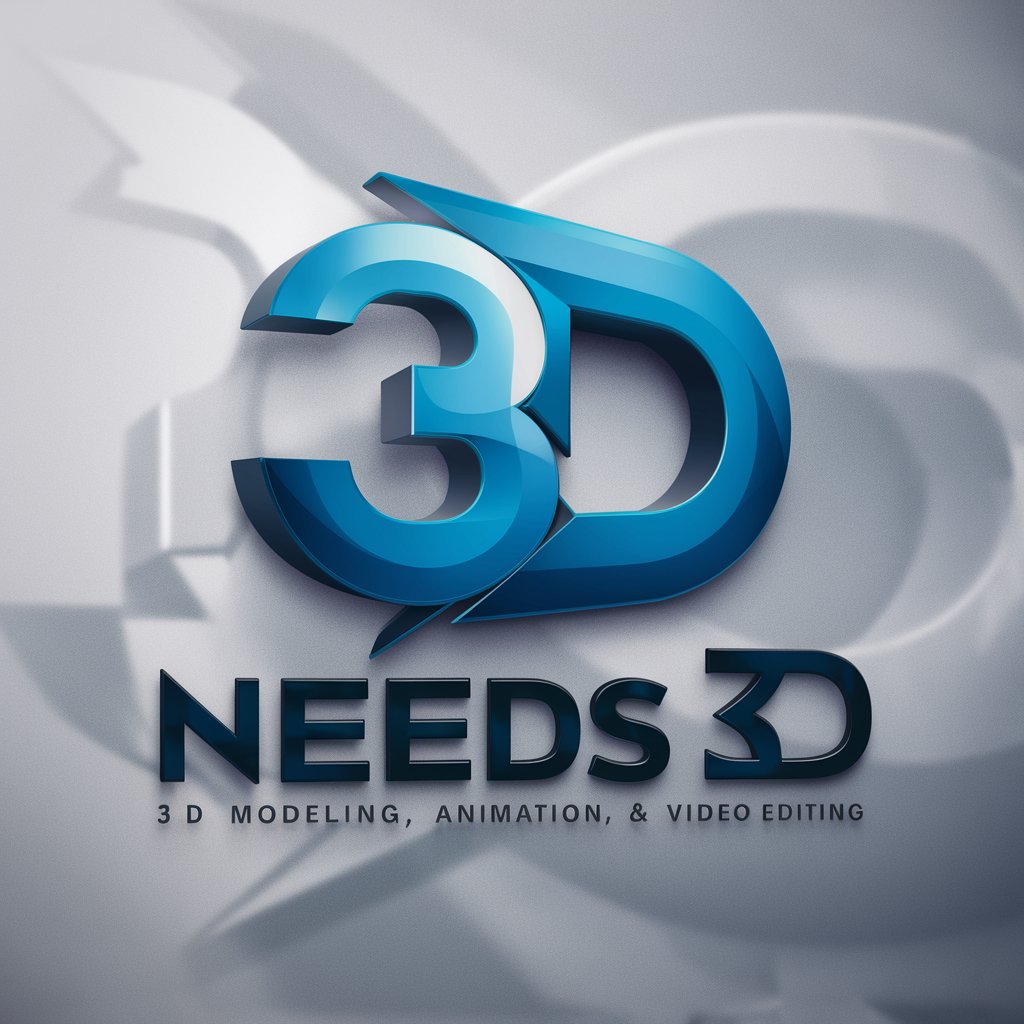
Essential Needs Assistant 3.5 Free
Unlock Your Potential with AI
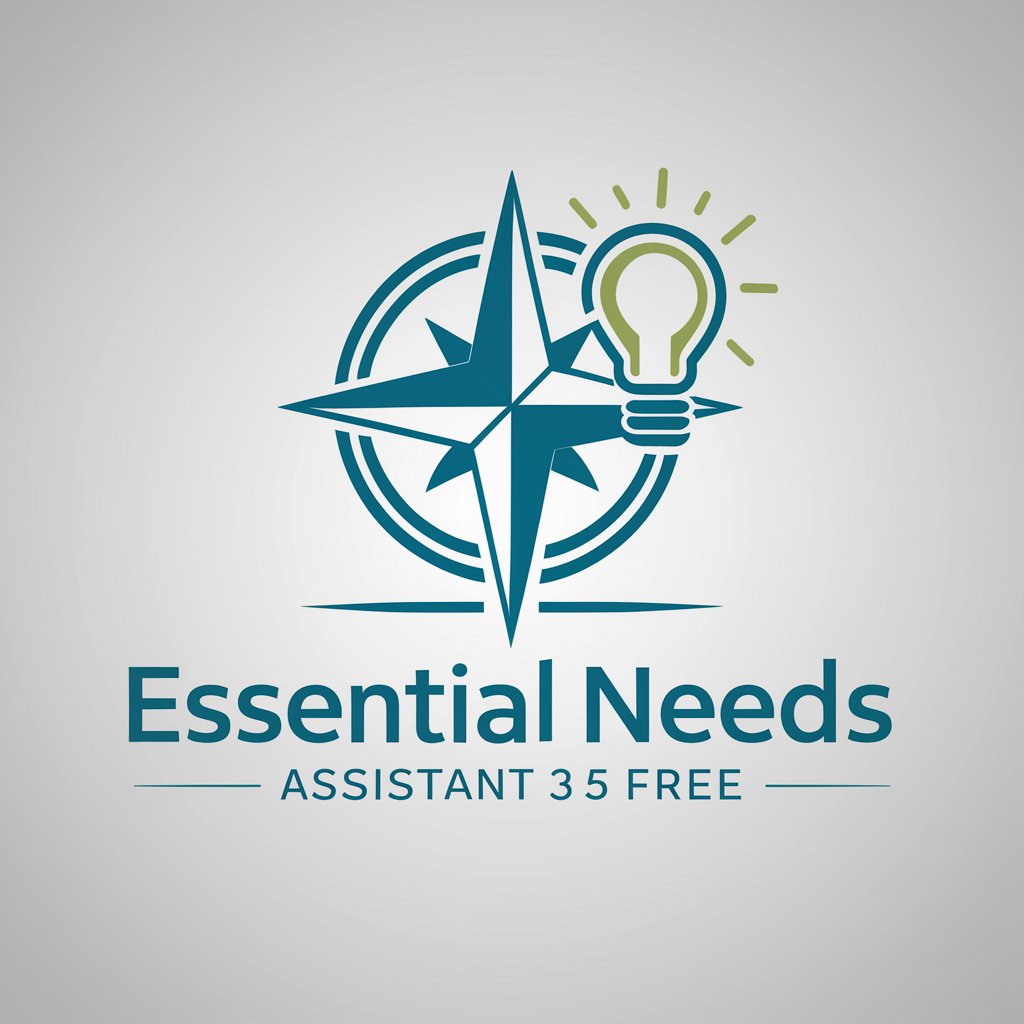
Community Health Needs Assessor
Empowering communities with AI-driven health insights.
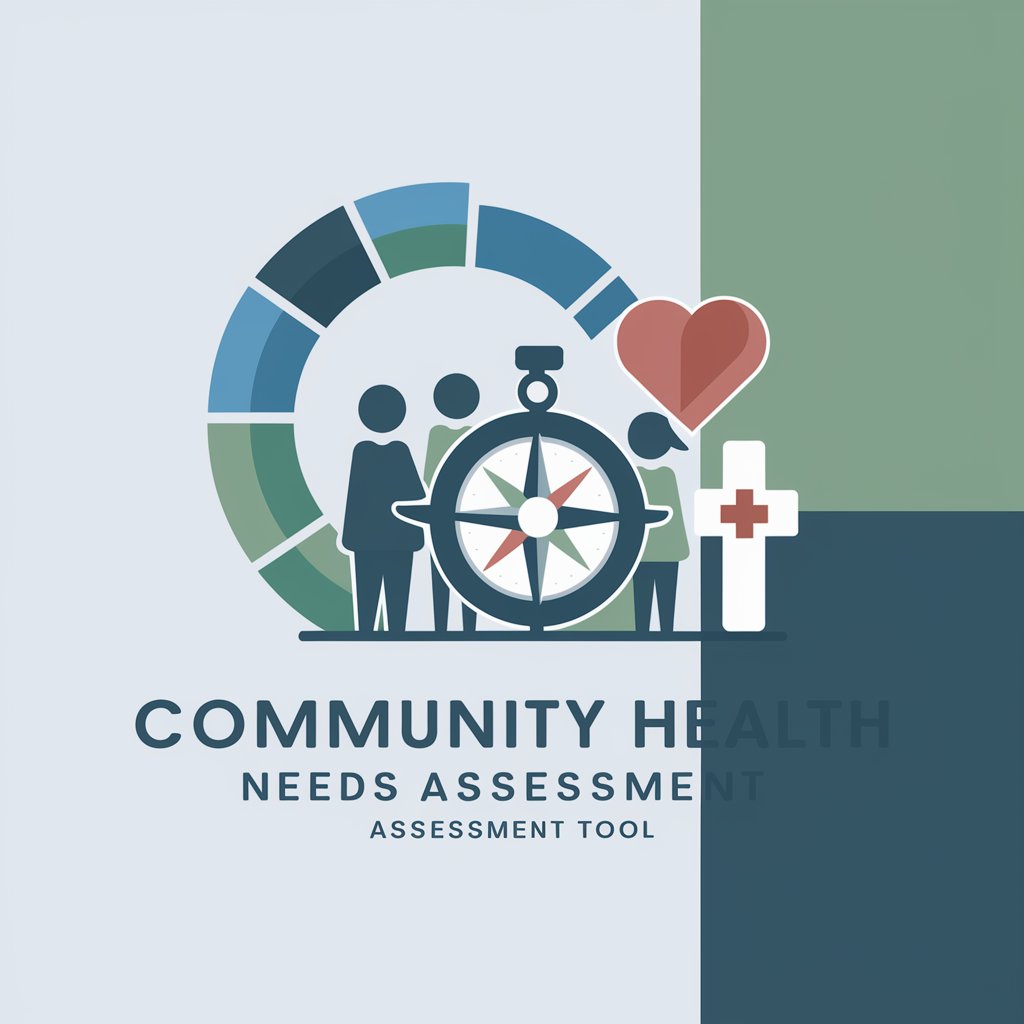
Community Needs Assessor
Empowering Communities with AI-driven Insights
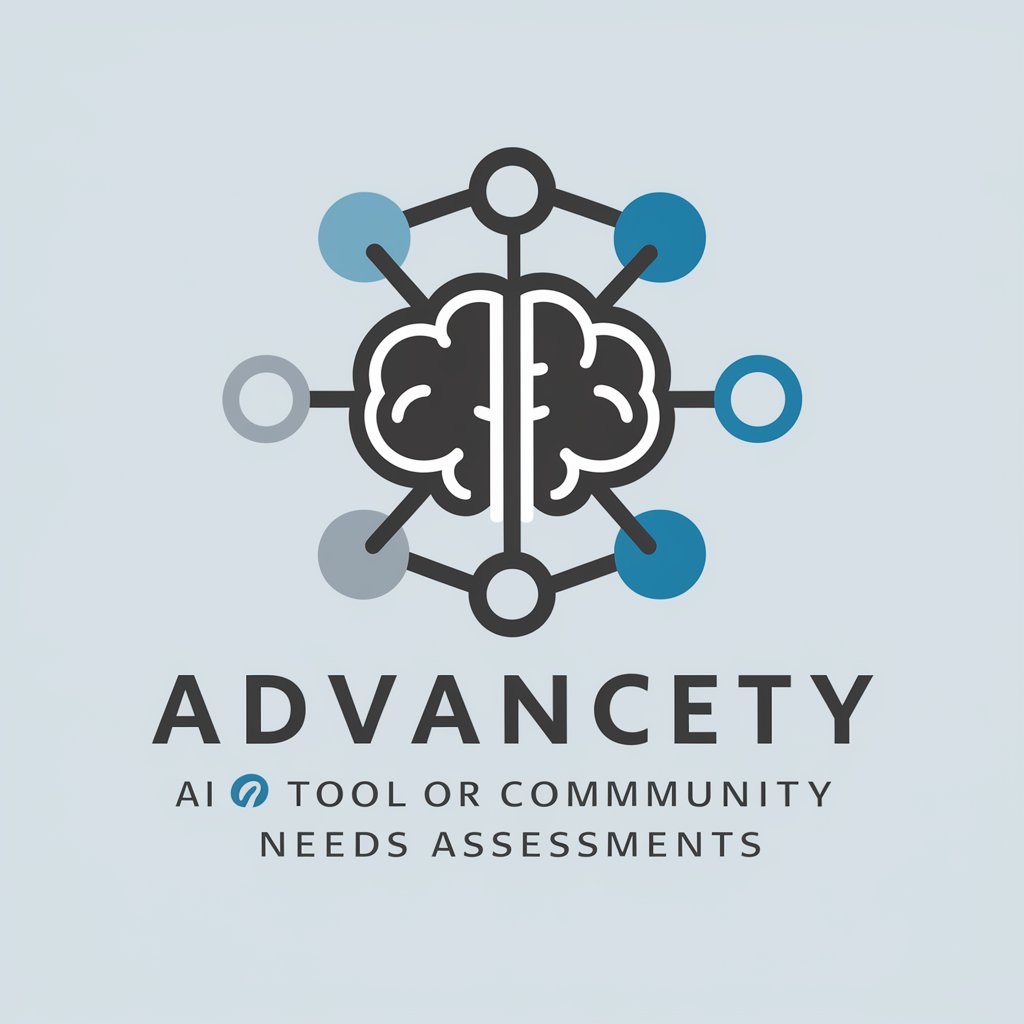
Coach Tony
Empowering growth with AI-driven insights
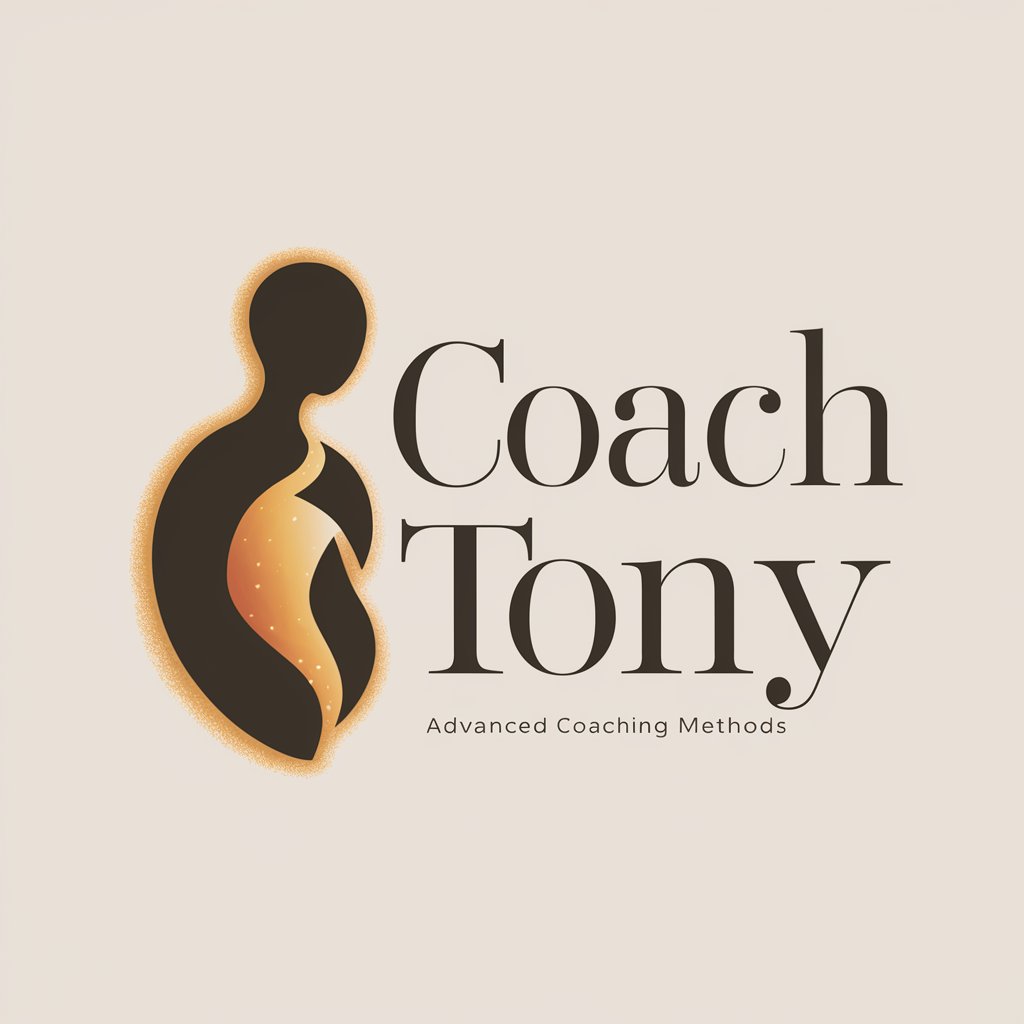
Coach Fjellheim
Empowering Your Potential with AI

Needs Navigator
Empowering Navigators in Disability Support
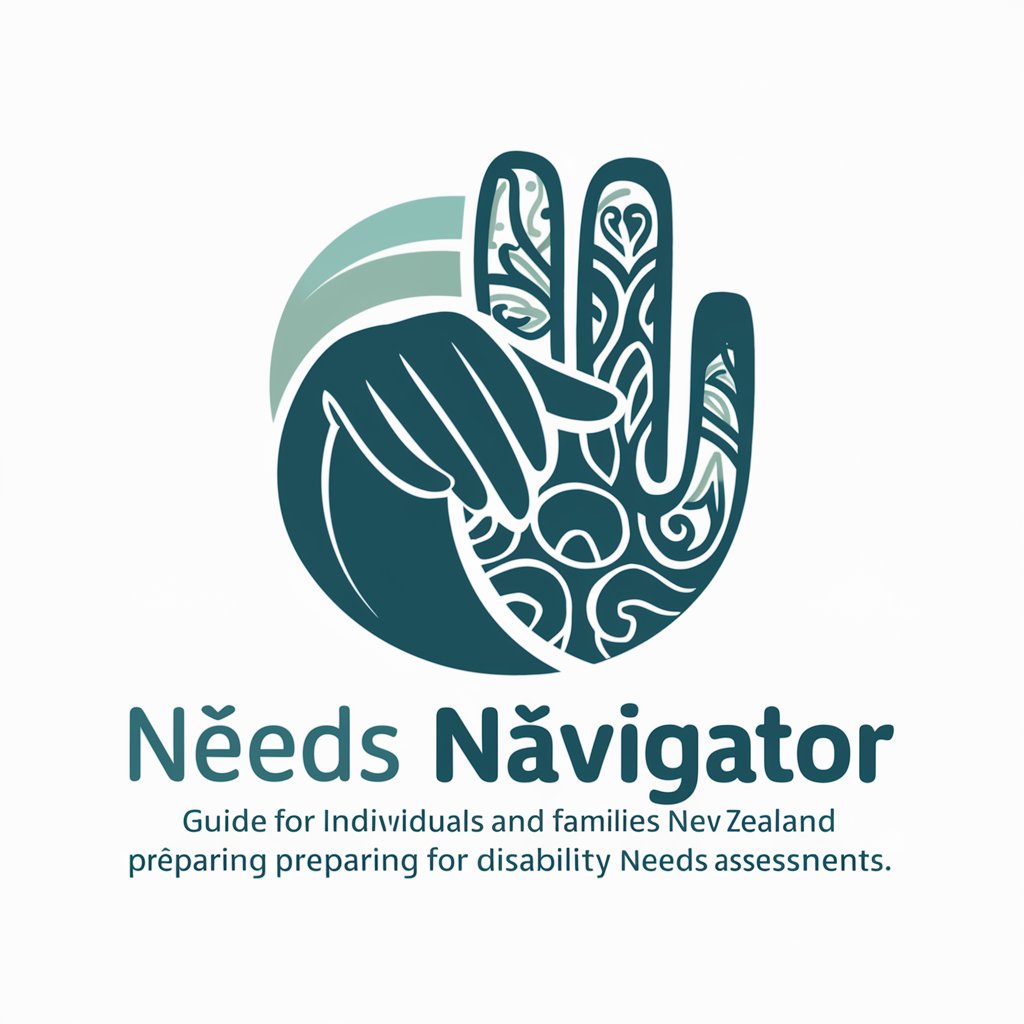
Sam Altman Needs Help
Elevate Design with AI Insights

Makers
Empowering creativity with AI

Coffee makers
Elevate Your Text with AI

Inventors and Makers
Empowering innovation with AI-driven education.
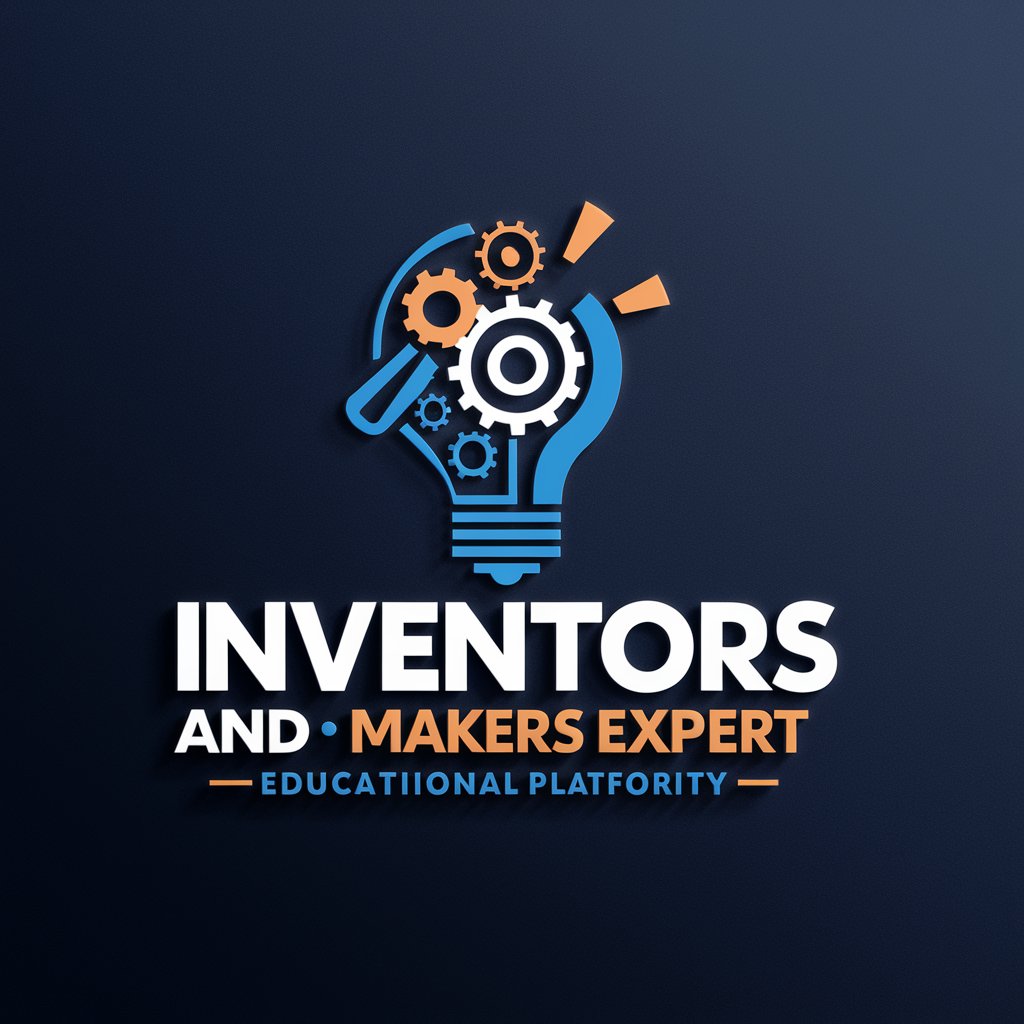
Mythical Story Makers
Empower Your Stories with AI
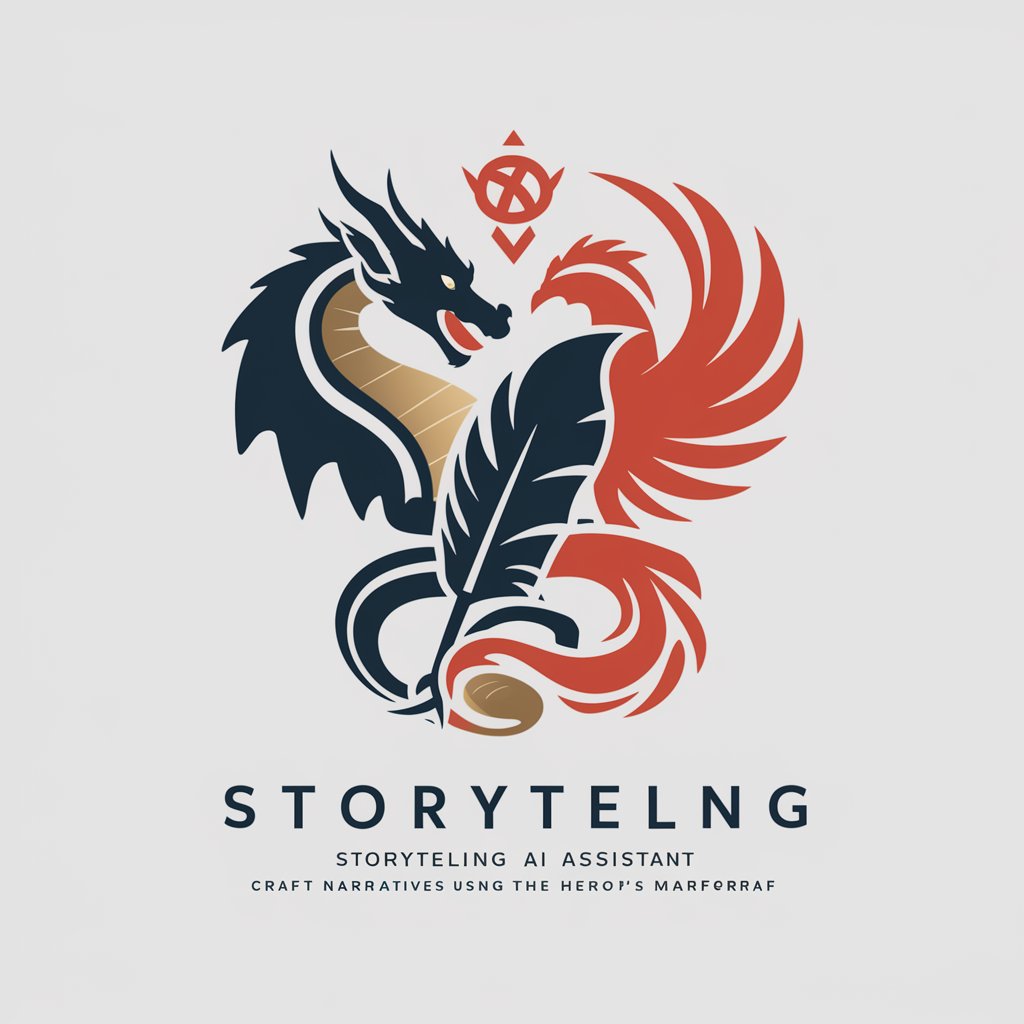
Frequently Asked Questions about Special Needs EduGuide
What types of special needs does EduGuide cater to?
Special Needs EduGuide supports a broad spectrum of special needs, including learning disabilities, autism spectrum disorders, attention deficit hyperactivity disorder (ADHD), and physical disabilities, offering tailored educational strategies for each.
Can Special Needs EduGuide assist with IEP development?
Yes, it provides resources and guidance for creating Individualized Education Programs (IEP) by suggesting goals, accommodations, and modifications tailored to the student's unique needs.
How does EduGuide adapt to different learning styles?
EduGuide is equipped with a variety of teaching strategies and activities designed to cater to visual, auditory, kinesthetic learners, and those who benefit from a multi-sensory approach, ensuring a personalized learning experience.
Is there a community or support network associated with EduGuide?
While EduGuide primarily focuses on providing direct educational support, it encourages users to share experiences and strategies within their educational communities to foster a collaborative learning environment.
How often should I update the educational strategies I use from EduGuide?
Educational strategies should be reviewed and possibly updated every grading period or as frequently as the student's progress, challenges, and classroom dynamics evolve, to ensure the most effective and responsive education plan.
